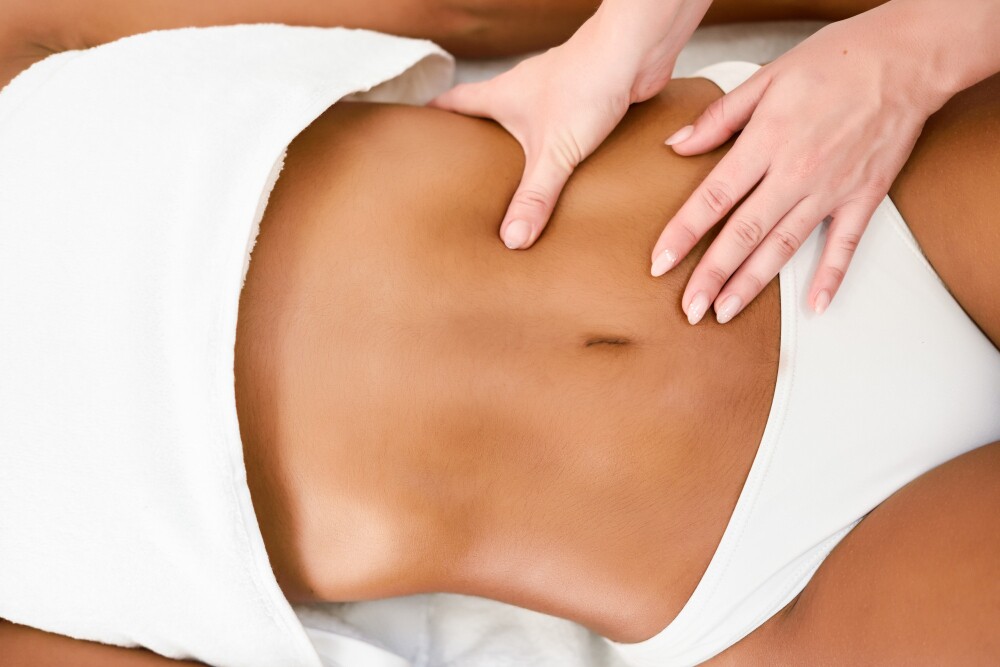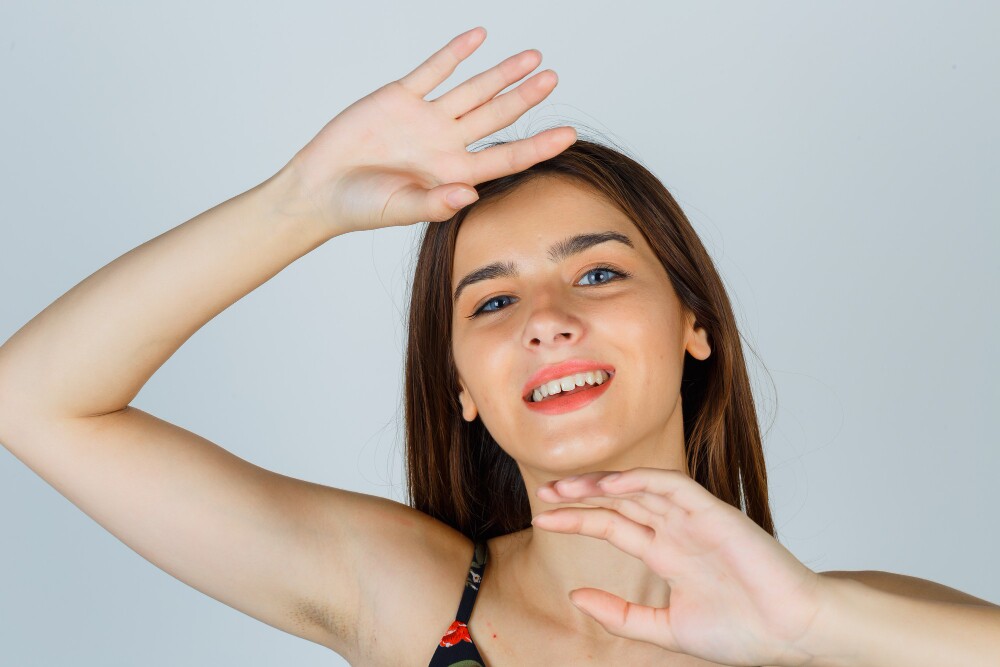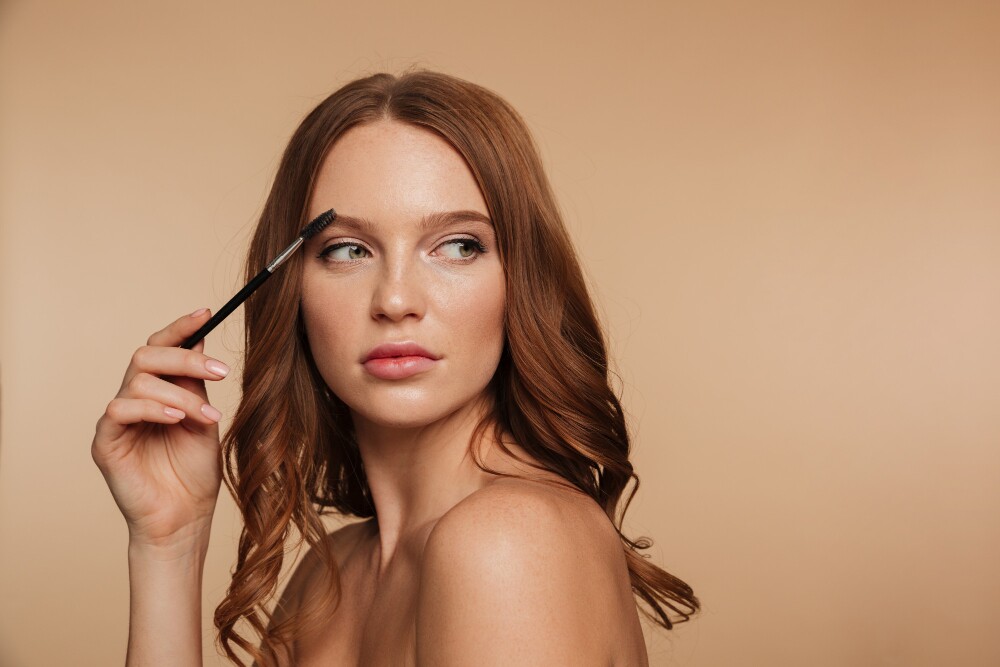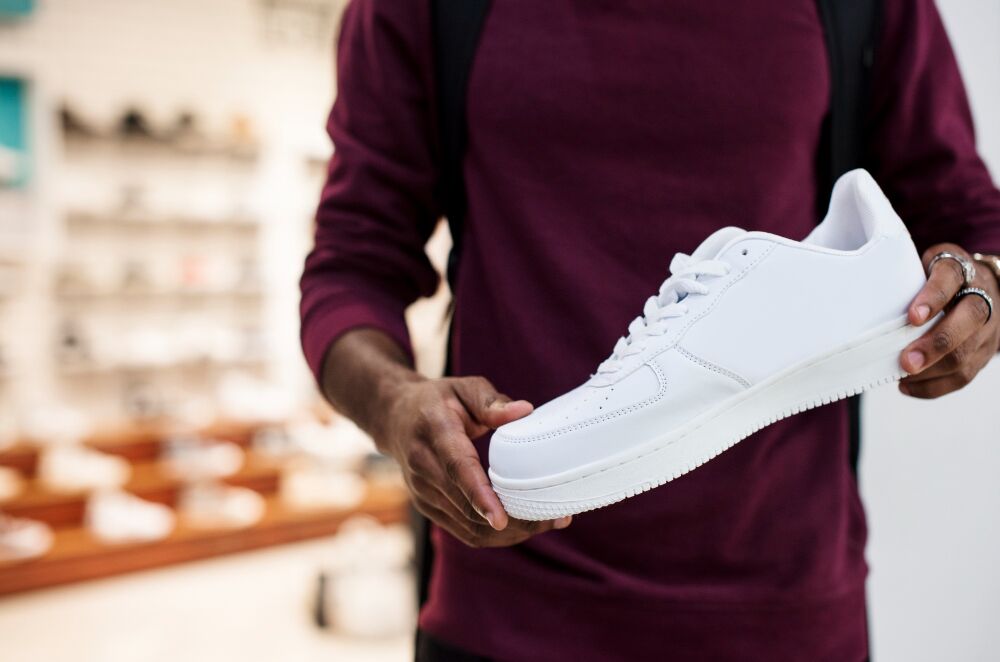The Importance of Exfoliation for Your Pubic Area and the Best Products to Use

Our pubic area deserves as much care as the rest of our skin, and a critical part of any good skincare routine is exfoliation. Exfoliation sloughs off dead skin cells, prevents ingrown hairs, and improves overall skin texture. But choosing the right exfoliator for this sensitive area is essential. Let’s delve into why exfoliating your pubic area is vital and explore the best options available.
Understanding Exfoliation
Exfoliation is the process of removing dead skin cells from the surface of your skin. This process has many benefits, including:
- Preventing ingrown hairs: Ingrown hairs occur when hair curls back into the skin, causing painful bumps and inflammation. Exfoliation helps prevent this by clearing away dead skin cells that can clog hair follicles.
- Smoother skin: Exfoliation reveals fresh, smoother skin, improving texture and minimizing unevenness.
- Brightening: Regular exfoliation can help reduce dark spots and hyperpigmentation, leading to a brighter, more even skin tone.
- Better product absorption: When you remove the buildup of dead skin, skincare products like moisturizers and serums can penetrate better and work more effectively.
Types of Exfoliation
There are two main types of exfoliators:
- Mechanical Exfoliators: These utilize physical particles like scrubs, brushes, or sponges to buff away dead skin.
- Chemical Exfoliators: These contain acids such as alpha-hydroxy acids (AHAs) like glycolic or lactic acid, or beta-hydroxy acids (BHAs), like salicylic acid, to gently dissolve the bonds between dead skin cells.
Choosing the Right Exfoliator for Your Pubic Area
The pubic area is delicate, so picking the right exfoliator is crucial. Here’s what to consider:
- Gentle ingredients: Look for products labeled for sensitive skin, and steer clear of harsh scrubs with large, abrasive particles. Opt for gentle sugar scrubs, fine-grained salt scrubs, or chemical exfoliants.
- Ingredients for ingrown hairs: If you’re prone to ingrown hairs, consider exfoliators with salicylic acid (a BHA) as it can penetrate the follicle to clear blockages.
- Hydrating ingredients: Choose exfoliators that contain moisturizing ingredients like aloe vera, hyaluronic acid, or shea butter to prevent dryness or irritation.
- Patch Test: When trying a new exfoliator, always do a patch test on a small area to check for any reactions before using it on your entire pubic area.
Top Exfoliator Picks for the Pubic Area
Here are some excellent exfoliator options specifically designed or safe for the pubic area:
Mechanical Exfoliators
- Fur Ingrown Eliminator Mitt: This easy-to-use mitt features gentle fibers that remove dead skin and help prevent ingrown hairs.
- Truly Smooth Legend Pre-Shave Scrub: A gentle sugar scrub to prep the pubic area for shaving while preventing razor bumps.
- Seraphic Skincare Bikini Buffer Exfoliating Scrub Mitt This mitt offers a deeper exfoliation experience and promotes smoother skin.
Chemical Exfoliators
- The Ordinary Glycolic Acid 7% Toning Solution: A gentle AHA solution suitable for tackling post-shave bumps and uneven skin tone. (Start with lower concentrations and infrequent use)
- Paula’s Choice 2% BHA Liquid Exfoliant: A salicylic acid solution that helps battle ingrown hairs, leaving skin smoother and clearer.
- Manscaped Crop Exfoliator: Formulated specifically for the groin area, this exfoliator features AHAs, BHAs, and soothing ingredients to improve skin texture and prevent ingrown hairs.
Natural/DIY Options
- Sugar and honey scrub: Combine sugar and honey for a gentle, DIY exfoliator. Honey has soothing and antibacterial benefits.
- Oatmeal and yogurt scrub: Combine finely ground oatmeal with yogurt for a soothing and brightening exfoliation experience.
How to Exfoliate Your Pubic Area
- Cleanse: Gently cleanse the area before you start.
- Soak: A warm shower or bath can soften the skin and hair, making exfoliation easier.
- Apply exfoliator: Use a gentle, circular motion, avoiding excessive pressure.
- Rinse: Thoroughly rinse the exfoliator.
- Moisturize: Apply a fragrance-free, gentle moisturizer to hydrate and soothe the skin.
- Frequency: Start by exfoliating 1-2 times a week, and adjust based on your skin’s tolerance.
Important Tips and Precautions
- Avoid Over-exfoliating: Exfoliating too often can irritate the skin in your pubic area. Listen to your skin, and decrease frequency if you experience sensitivity or redness.
- Don’t exfoliate on broken skin: If you have any cuts, sores, or open ingrown hairs, hold off on exfoliating until the skin has healed.
- Shaving direction: Always shave in the direction of hair growth to minimize irritation and ingrown hairs.
- Proper hair removal techniques: Use proper shaving products, a sharp razor, and avoid dry shaving to prevent irritation. Consider other hair-removal methods (waxing, sugaring), especially if you’re highly prone to ingrown hairs.
- Consult a dermatologist: If you have persistent ingrown hairs, severe irritation, or any skin concerns, consult a dermatologist for personalized advice.
Exfoliation Beyond the Bikini Line
Exfoliation is important for other areas of your body prone to ingrown hairs, including:
- Underarms: Choose a gentle exfoliator and follow similar guidelines as for the pubic area.
- Legs: Opt for a slightly more robust mechanical scrub or a chemical exfoliator suitable for your legs.
Additional Considerations
- Storing your exfoliator: Store your exfoliators in a clean, dry place to prevent bacteria buildup.
- Replace regularly: Even with proper care, it’s best to replace exfoliators, particularly mitts or sponges, every few months to maintain hygiene.
- Sunscreen: Always use sunscreen on exposed areas after exfoliation as it temporarily increases sun sensitivity.
Addressing Specific Concerns
You could include sections focused on particular problems people may want to address with exfoliation:
- Razor Burn:
- Highlight soothing ingredients like aloe vera, chamomile, and allantoin.
- Recommend gentle chemical exfoliators over scrubs immediately post-shave.
- Emphasize waiting a day or two after hair removal before exfoliating.
- Hyperpigmentation:
- Delve into the role of AHAs (glycolic, lactic acid) and ingredients like vitamin C.
- Discuss post-inflammatory hyperpigmentation related to ingrown hairs.
- Underscore the importance of consistent sun protection while addressing dark spots.
- Dryness:
- Focus on hydrating exfoliators with ingredients like hyaluronic acid, glycerin, or ceramides.
- Explain how over-exfoliating can exacerbate dryness.
- Stress the importance of rich, fragrance-free moisturizers post-exfoliation.
Going Deeper Into Ingredients
Consider adding a few paragraphs explaining the role of some popular exfoliating ingredients:
- AHAs (Alpha-hydroxy acids): Discuss examples like glycolic acid, lactic acid, and mandelic acid, highlighting their varying strengths and suitability for different skin types.
- BHAs (Beta-hydroxy acids): Explain how salicylic acid works within the hair follicle and its anti-inflammatory properties.
- Enzymes: Briefly introduce fruit-derived enzymes like papain and bromelain, noting their gentler action.
FAQs
A short FAQ section covering common questions people might have would be a useful addition:
- Can I exfoliate immediately after shaving/waxing? (Generally not recommended, explain why)
- Can I use my facial exfoliator on my pubic area? (May be suitable, address the need for patch testing and gentler formulas)
- How do I know if I’m over-exfoliating? (Signs may include redness, stinging, flaking)
- I have [skin condition]. Is it safe for me to exfoliate? (Encourage speaking to a dermatologist for any specific conditions)
Final Thoughts
You could end your blog with a reminder that everyone’s skin is different. Encourage readers to experiment to find what works best for them and to prioritize how their skin feels as the ultimate guide.






